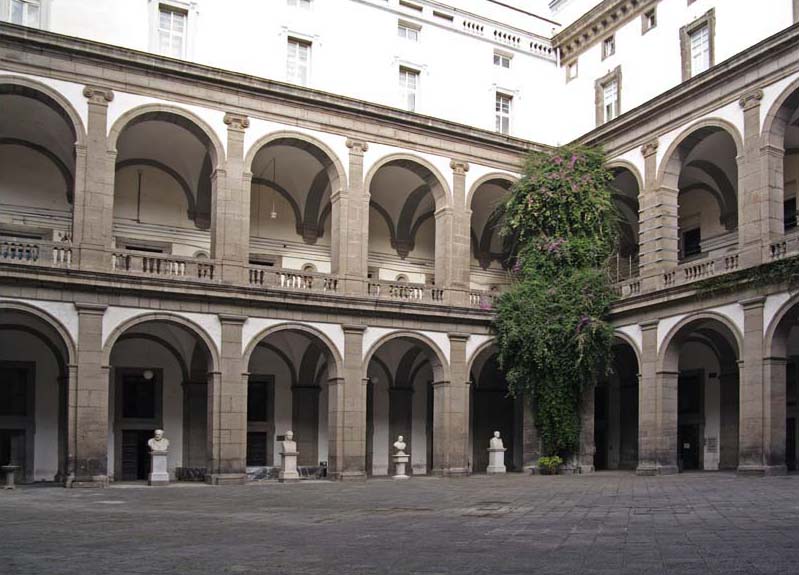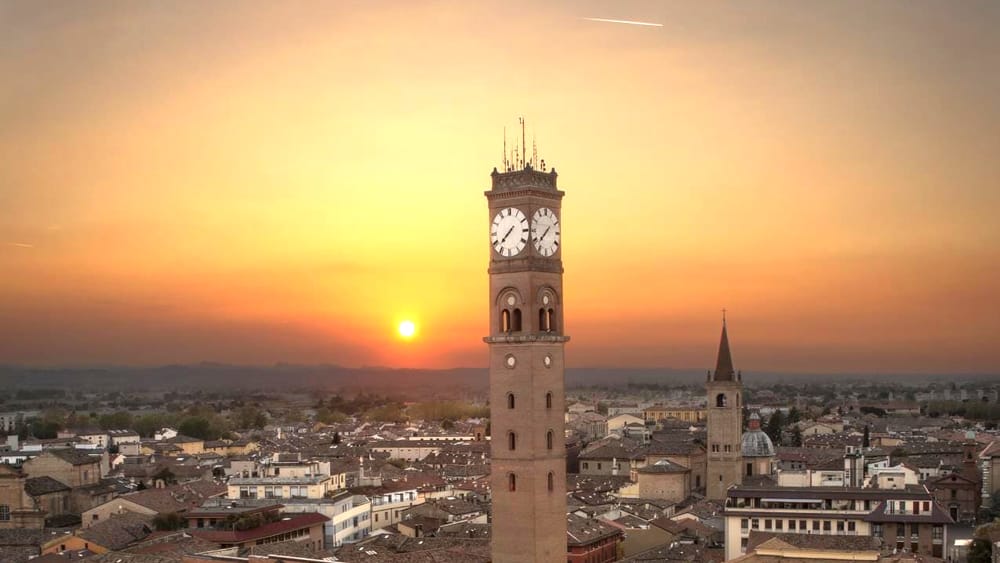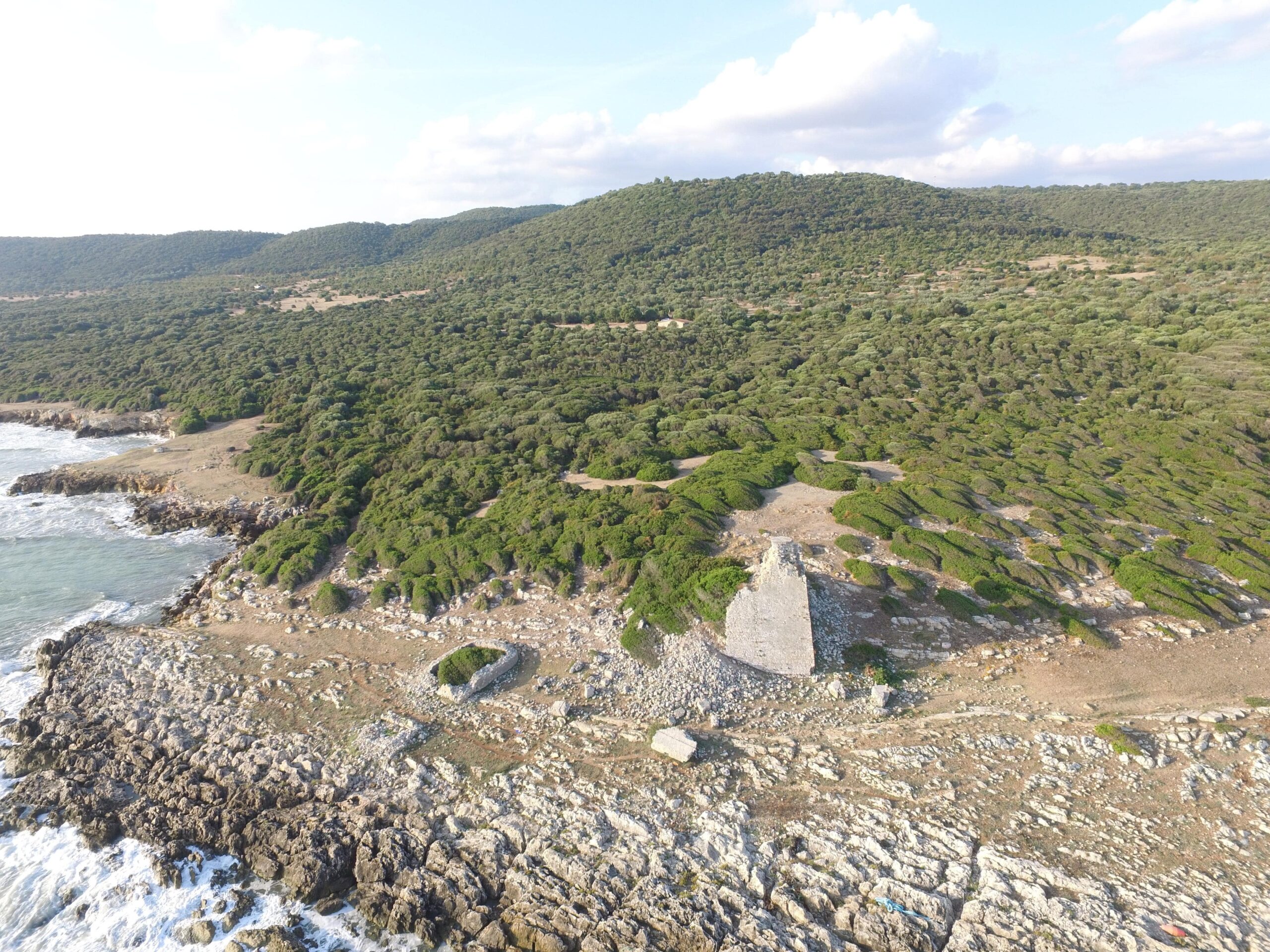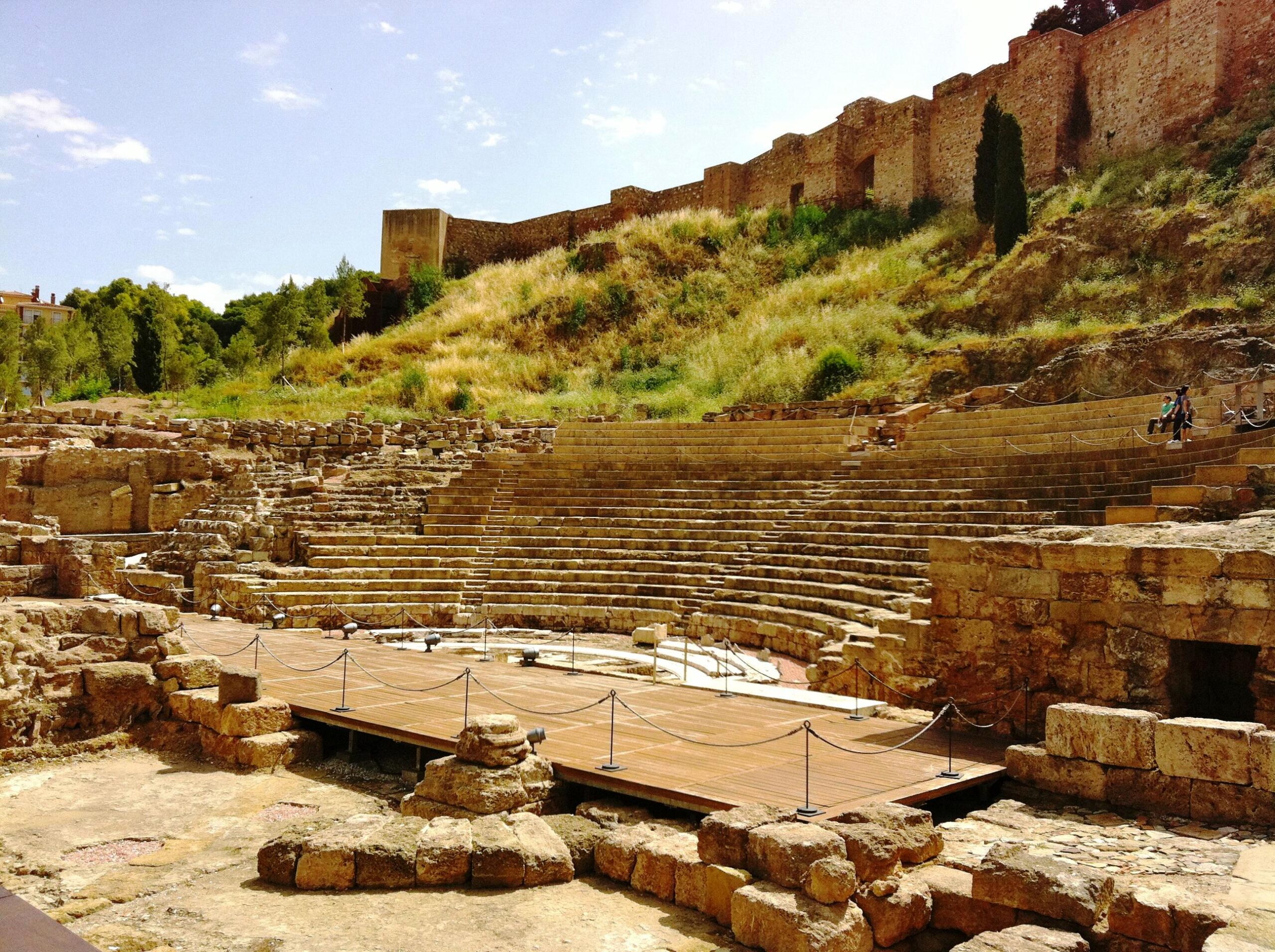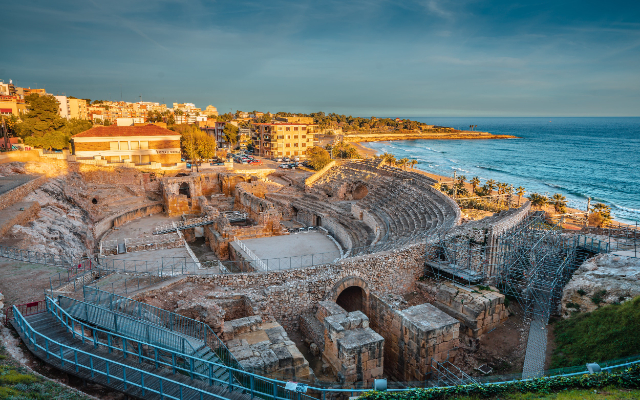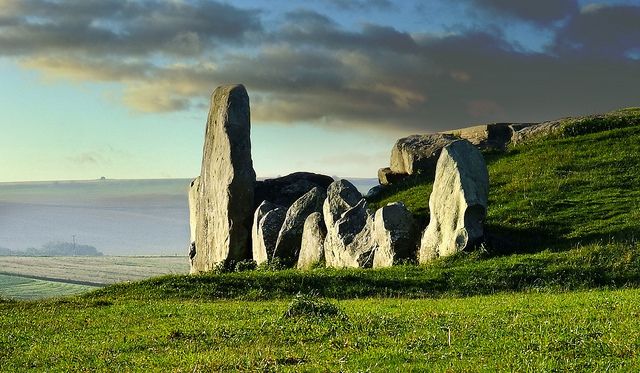The complex, mostly known as the former Jesuit Maximum College, was home to the College of the Society of Jesus from the mid-16th century, when the Jesuit fathers purchased the 15th-century palace from Gian Tommaso Carafa in 1554. In 1557 work began on the construction of schools and a new church, under the leadership first of Polidoro Cafaro and later of Jesuit architect Giovanni Tristano, who was replaced by his pupil, also a Jesuit, Giovanni De Rosis. In 1558, the house of Giovanna Cominata and, after lengthy negotiations, the adjoining diaconate, dating from the early Christian period and dedicated to Saints John and Paul, which was destroyed in 1566 to build the presbytery and sacristy of the 16th-century church, itself partially demolished during subsequent transformation works,[1] were acquired.
Following the acquisition in 1571 of the palace of Andrea d’Evoli, the sixteenth-century De Rosis cloister was built between 1572 and 1578, now incorporated into the seventeenth-century structures. The present Monumental Cloister was begun in 1605 and completed in 1653, designed by Jesuit architect Giuseppe Valeriano, as De Rosis had been called back to Rome to build the Roman College.
At the same time, the construction of another church was also considered, believing it should be located on the left side of the courtyard, symmetrically to the aula magna that would rise on the right side. The new structure, which would later be called the "Church of the Old Jesus," was built between 1614 and 1624 to the design of Jesuit Pietro Provedi, who was also completing the cloister, completed by Father Agazio Stoia and finally consecrated in 1632[1].
The Jesuit company had envisioned a work of considerable identity in which two noble families took part, in addition to the faithful with their oblations, as attested by two plaques honoring benefactors, namely that of Roberta Carafa di Stigliano (dated 1583 and placed on the portal) and that of Cesare del Ponte (dating from 1653 and designed by Cosimo Fanzago). The latter plaque is located in the courtyard and can be recognized by the marble coat of arms on which the Latin-language inscription is engraved:
(LA)
" CAESARIS DEPONTE FILII GYMNASIIUM A FUNDAMENTIS AD CULMEN BONIS PATERNIS EXTRUXERUNT MDCV. SOCIETAS JESU GRATI ANIMI MONUMENTUM POSUIT.
ANNO DOMINI MDCLIII "
(EN)
"Sons of Cesare De Ponte, with their father’s property they built the gymnasium from foundation to roof in 1605. The Society of Jesus gratefully laid the monument.
Year 1653 "
Subsequently, restoration works were carried out by Cosimo Fanzago between 1630 and 1654 (the entrance portal to the College, the portals of the monumental courtyard, the main staircase in addition to interventions in the Gesù Vecchio church), Giovan Domenico Vinaccia, between 1671 and 1688 (chapel and main facade of the church) and Dionisio Lazzari (refectory and library). When the Jesuits were expelled from the Kingdom of Naples in 1767, Ferdinand IV of Bourbon, with the De Jesuitis prammatica of March 25, 1768, established in the former Jesuit factory the "public Schools" and arranged for it to take the name Casa del Salvatore. In 1770 the sovereign also founded the Royal Boarding School of the Savior with the prammatica "De regimine studiorum." Adaptation work was carried out between 1768 and 1769 by Mario Gioffredo and then by Ferdinando Fuga. In 1799 the Royal Boarding School of the Savior was suppressed and partly used as a hospital for Russian troops. In 1807 it became a Royal College and by decree of February 28, 1812 was elevated to the rank of Lyceum. On October 25, 1860, by dictatorial decree, the Liceo was abolished and its premises were annexed to the other spaces occupied by the university. After a brief interlude that saw the return of the Jesuits before their renewed expulsion from the Kingdom of Naples, the University settled permanently in the complex at the behest of Joseph Bonaparte. It was during those years of French rule that impressive works were carried out in the monumental settlement under the leadership of Stephen Gasse, in the role of official architect of the Royal University[1].
The Monumental Cloister (Courtyard of the Statues).
In 1865, several statues and busts of illustrious men (Pier delle Vigne, Tommaso d’Aquino, Giordano Bruno, Giovan Battista Vico, Giacomo Leopardi, Carlo Troya, Luigi Settembrini, Francesco de Sanctis, Bertrando Spaventa, Antonio Tari, Luigi Palmieri, Salvatore Tommasi, Francesco Fiorentino) were placed in the monumental courtyard, hence the name by which the Courtyard of Statues is known.
The Monumental Cloister has a square plan and is surrounded by a portico formed by Tuscan-style piperno pillars, on which pilasters of the same order are repeated on the interior walls of the vaults. Above this is an open gallery with balustrade, featuring marble busts that echo the statues below, a second floor and a mezzanine floor.
